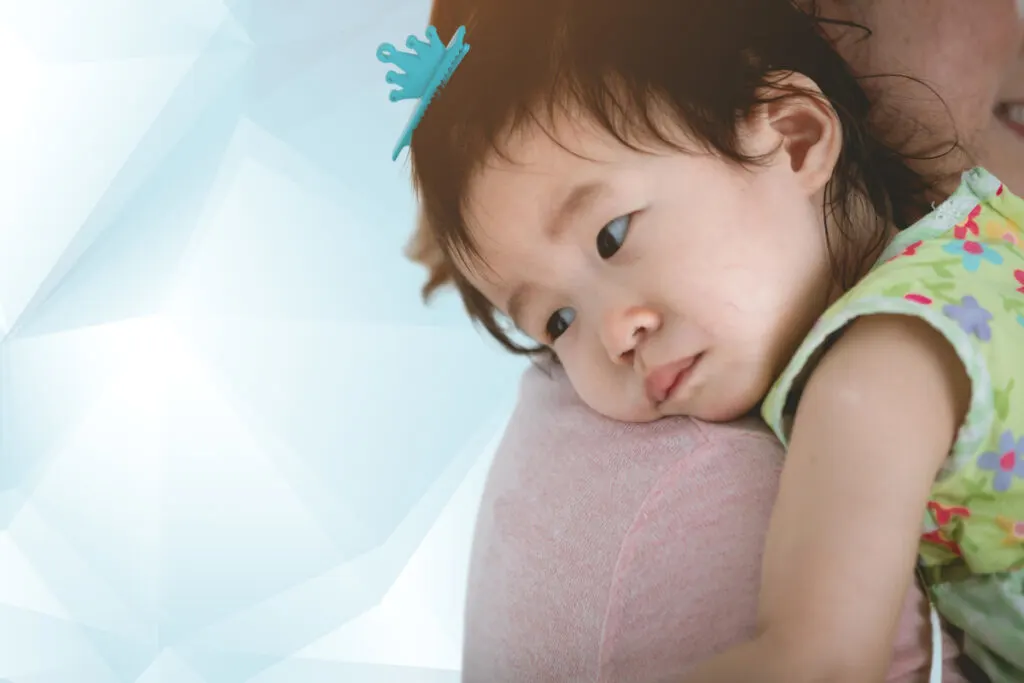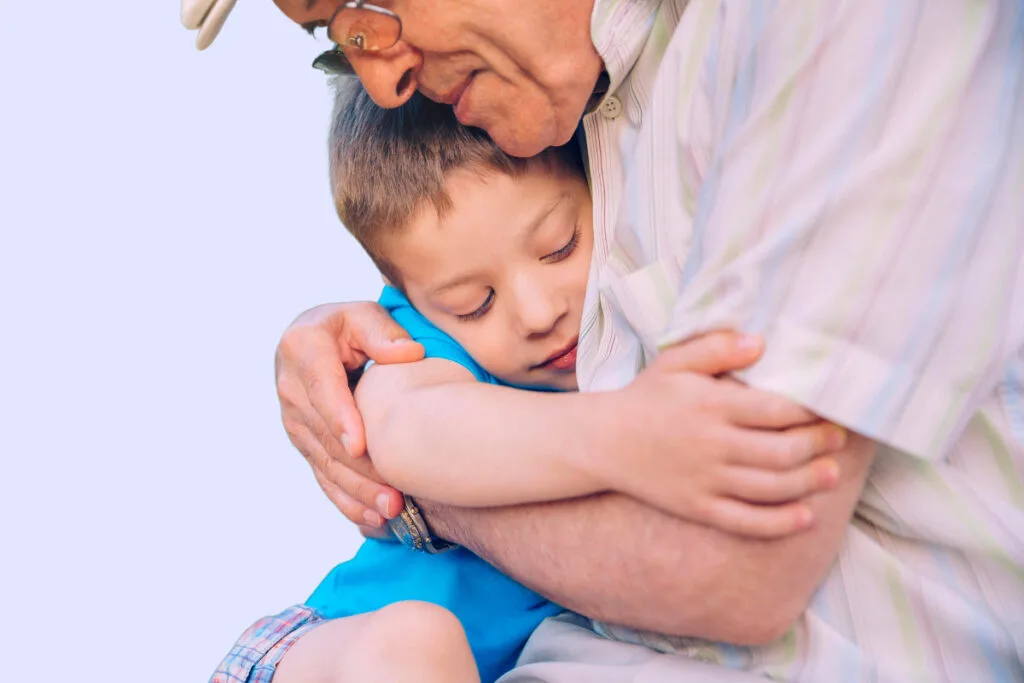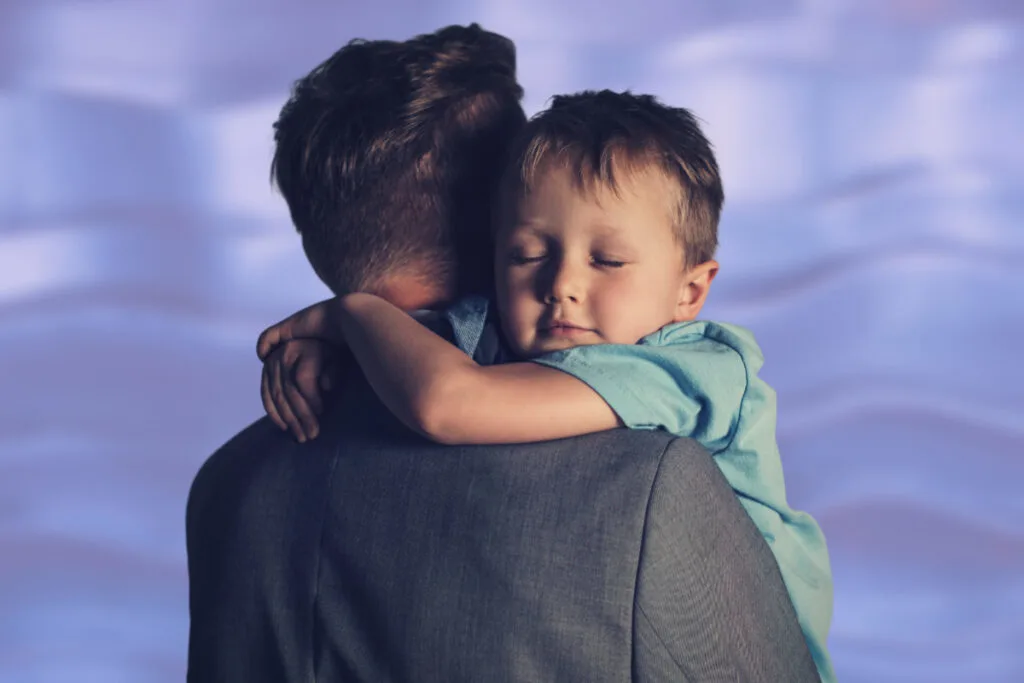- What is preoccupied attachment
- Principles of attachment theory
- Causes
- Signs in children
- Signs in adults
- Healing in children
- Healing in adults
TABLE OF CONTENTS
- What is a preoccupied attachment
- Principles of attachment theory
- What causes anxious preoccupied attachment
- Signs of anxious preoccupied attachment style in children
- Signs of anxious preoccupied attachment style in adults
- How to heal anxious preoccupied attachment in children
- Anxious preoccupied attachment healing in adults
- Final thoughts on preoccupied attachment
- References
What is a preoccupied attachment
An infant develops a preoccupied attachment style when they receive inconsistent care from their primary caregiver. The child becomes unsure about their caretaker’s availability and whether they will be there for them when needed. The child is preoccupied with watching their caregiver’s unpredictable behavior and whereabouts.
The preoccupied attachment pattern is an insecure attachment style sometimes called the following names.
- anxious attachment style
- ambivalent attachment
- anxious-resistant attachment
- anxious attachment style
- anxious-preoccupied attachment
- preoccupied anxious attachment

Principles of attachment theory
Attachment is a deep and enduring emotional bond that infants develop during their formative years as a survival mechanism to maintain a connection with their caregivers.1
Psychiatrist John Bowlby developed the attachment theory to explain the different connection-seeking attachment behaviors infants use to get support from their caregivers in distress.
According to this theory of attachment, children view their attachment figures as a secure base from which to explore the world and a safe haven when in distress.
The type of attachment a child develops depends on how well their caregiver responds.
Children develop a sense of security when their caregivers are responsive and meet their needs consistently. These parents respond sensitively and appropriately to their children’s needs.
The four different attachment styles are:
- Secure attachment style
- Preoccupied attachment style
- Avoidant attachment style
- Disorganized attachment style

What causes anxious preoccupied attachment
Preoccupied children typically have emotionally unpredictable parents with inconsistent parenting. They are anxious and preoccupied with their caregivers’ availability, especially when they are in distress.
Sometimes, these parents are warm and loving, but sometimes they are disapproving and withholding. Preoccupied children tend to have recollections of parental love withdrawal.2
Love withdrawal is a form of discipline in which the parent expresses disapproval of the child’s actions in a direct but nonphysical way via expressions of disappointment, rejection, ridicule, or coldness. This style of discipline may provoke attachment anxiety about abandonment.3
These parents tend to have a similarly anxious attachment style themselves and are preoccupied with their own childhood experiences.s
Preoccupied children, therefore, show high anxiety about their relationships with their parents and believe they are not worthy of love.
A child’s unresolved attachment issues can carry over into their adult life.

Signs of anxious preoccupied attachment style in children
Separation anxiety
Preoccupied children don’t know if their parents can assist them in difficult situations. They develop an anxious view of themselves and a negative self-image.
Anxious infants and children often suffer from separation anxiety and show clinging behavior. They are hypervigilant and pay close attention to the behavior and presence of caregivers. Such behaviors stem from an intense fear of rejection.
In the Strange Situation, an experiment psychologist Mary Ainsworth developed to identify the attachment style in children. Preoccupied children show ambivalent or resistant reactions upon their parents’ return.4
Hyperactivity
Because of the caretaker’s inconsistent behavior, children develop hyperactivating strategies. Infants may act overly emotional to get attention from their parents.5
Less exploration
As the child seeks to remain near their caregiver, preoccupied babies explore the environment less.6
Lack of resilience
A child’s ability to regulate their emotions under stress is an essential skill they develop in early childhood. But lack of resilience, and inability to regulate emotions are characteristics of preoccupied-attached children.7

Signs of anxious preoccupied attachment style in adults
Fear of abandonment
Preoccupied adults want to be close to others. They are very drawn to other people and want to develop romantic relationships. But their feelings of insecurity cause them to feel unlovable and unworthy.
They often wonder if they will be loved or abandoned.
They have difficulty trusting others will love them back.
This anxiety manifests as needy behavior and clinginess in close relationships, which drive others away, further exacerbating the fears of abandonment.
Low self-esteem
Preoccupied adults have a negative view of themselves and a positive view of others.
To maintain self-esteem and feel supported, they depend on others’ constant reassurance and validation. They are therefore more likely to be involved in abusive relationships.
Among battered women, 53% are the preoccupied type, which is two to three times higher than the general population.
The tendency of these women toward idealization and compulsive caretaking makes them more likely to stay with abusive romantic partners.8
Inner conflict and anger
Preoccupied individuals are associated with inner conflicts due to unfilled yearnings for emotional closeness and deep connection.
On the one hand, they pursue intimate relationships intensely. On the other hand, when their constant need is unmet, they tend to become angry and frustrated.s
These people also tend to dwell on anger towards parents, even if the parents are deceased.9
Risk of depression
Those who are preoccupied tend to have a ruminative processing style. They tend to focus on negative memories, such as negative parental bonding. They are more prone to depression.10
Borderline personality disorder (BPD)
Borderline personality disorder is found to be associated with preoccupation.
People with this disorder exhibit extreme idealization and devaluation in relationships and intolerance of loneliness, which causes frantic attempts to avoid abandonment. They show a preoccupied style characterized by clingy, entangled, angry, and dependent behaviors.11

How to heal anxious preoccupied attachment in children
Consistently responsive
Attachment repair starts with consistent, caring responses from primary caregivers.12
Young children develop secure relationships and learn self-regulation skills when their caregivers respond reliably to their emotional needs and co-regulate with them.
Also See: How to help an anxious child on first day of preschool
Practice positive self-talk
Do not use love withholding or withdrawal as a disciplinary tool.
Help children develop a positive sense of self-worth and confidence by showing them their unconditional love and teaching them how to carry positive self-talk.
Earned secure attachment
Trusted adults can also meet a child’s needs and help them build secure attachments. Such a surrogate attachment figure can help children develop an earned secure attachment. The figure can be the parent, a teacher, or a mentor.

Anxious preoccupied attachment healing in adults
Make peace with the past
A healing process involves reflecting on one’s life problems and making sense of one’s early childhood experiences. Professional help is a great way to begin the healing process. One can gain a deeper understanding of their past experiences with the help of an experienced therapist.
It is particularly important to get medical help if you suffer from mental health problems.
Healthy adult relationships
If you or your loved one is dealing with attachment wounds, couples therapy may help you form a secure long-term relationship and develop earned security.
An experienced therapist can also help you set healthy boundaries, boost your self-confidence, and form healthy relationships away from abusive ones.
Be aware of triggers
An anxiously attached person can avoid overreacting by understanding what may trigger their attachment anxiety. Usually, things that signify rejection or abandonment can induce fear or insecurity.
Here are some examples:
- When you greet a friend on the street, but he doesn’t acknowledge or respond.
- Your romantic partner forgets a special anniversary.
- Your friend goes to the movies with another friend without inviting you.
Social support
Seeking emotional support from friends and family can be helpful for some people. A supportive community can help anxious adults improve their low self-esteem. However, be mindful not to fall into the old habit of being clingy and dependent. Believe in yourself and your ability to develop relationships in healthy ways.
Final thoughts on preoccupied attachment
If you, your loved one, or your child is struggling with these issues, professional help is a great way to start the healing process.
References
- 1.Bowlby J. Attachment and Loss: Volume I: Attachment. In Attachment and Loss: Volume I: Attachment .; 1969.
- 2.Magai C, Hunziker J, Mesias W, Culver LC. Adult attachment styles and emotional biases. International Journal of Behavioral Development. Published online September 2000:301-309. doi:10.1080/01650250050118286
- 3.Hoffman ML. Conscience, Personality, and Socialization Techniques. Human Development. Published online 1970:90-126. doi:10.1159/000270884
- 4.Brumariu LE, Kerns KA. Mother–Child Attachment Patterns and Different Types of Anxiety Symptoms: Is There Specificity of Relations? Child Psychiatry Hum Dev. Published online July 20, 2010:663-674. doi:10.1007/s10578-010-0195-0
- 5.Stevens FL. Affect regulation styles in avoidant and anxious attachment. Individual Differences Research. 2014;12(3):123-130.
- 6.Campbell L, Marshall T. Anxious Attachment and Relationship Processes: An Interactionist Perspective. Acta Anaesthesiol Scand. Published online October 19, 2011:1219-1250. doi:10.1111/j.1467-6494.2011.00723.x
- 7.Karreman A, Vingerhoets AJJM. Attachment and well-being: The mediating role of emotion regulation and resilience. Personality and Individual Differences. Published online November 2012:821-826. doi:10.1016/j.paid.2012.06.014
- 8.Henderson AJZ, Bartholomew K, Dutton DG. Journal of Family Violence. Published online 1997:169-191. doi:10.1023/a:1022836711637
- 9.De Haas MA, Bakermans-Kranenburg MJ, Van Ijzendoorn MH. The Adult Attachment Interview and Questionnaires for Attachment Style, Temperament, and Memories of Parental Behavior. The Journal of Genetic Psychology. Published online December 1994:471-486. doi:10.1080/00221325.1994.9914795
- 10.Murphy B, Bates GW. Adult attachment style and vulnerability to depression. Personality and Individual Differences. Published online June 1997:835-844. doi:10.1016/s0191-8869(96)00277-2
- 11.Choi-Kain LW, Fitzmaurice GM, Zanarini MC, Laverdière O, Gunderson JG. The Relationship Between Self-Reported Attachment Styles, Interpersonal Dysfunction, and Borderline Personality Disorder. Journal of Nervous & Mental Disease. Published online November 2009:816-821. doi:10.1097/nmd.0b013e3181bea56e
- 12.Lieberman AF, Pawl JH. Clinical applications of attachment theory. In: Clinical Implications of Attachment. ; 1988:327-351.
